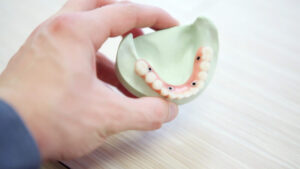
Tartar And Plaque:Remove Methods Without A Dentist
Tartar and plaque, known as dental calculus, form on teeth when plaque accumulates and starts to harden. Not only is tartar visually unappealing, but it

Ultraviolet (UV) toothbrush sanitizers have become increasingly popular over the past few years as a way to disinfect toothbrushes and reduce the spread of germs.
These devices promise to kill up to 99.9% of bacteria, viruses, and fungi that can build up on toothbrush bristles using UV light technology. While convenient and affordable, there has been much debate within the dental community about whether UV sanitizers are safe and truly effective for disinfecting toothbrushes.
In this article, we will examine UV toothbrush sanitizers from a dentist’s perspective. We will look at the technology behind how these devices work to kill germs and what the limitations may be.
Are UV sanitizers able to penetrate deep between the bristles to disinfect the whole toothbrush head? Could overuse potentially damage or weaken bristles over time? We’ll also discuss any safety concerns with using UV light, especially long-term exposure risks.
Additionally, we will compare UV sanitizers to other toothbrush disinfecting methods like antimicrobial rinsing solutions.
Research studies will be reviewed to evaluate the clinical evidence on how well UV sanitizers eliminate bacteria compared to other sanitizing techniques.
By the end, you’ll have a better understanding of the pros and cons of using a UV toothbrush sanitizer according to dental experts. You’ll be able to make a more informed decision about whether investing in a UV sanitizer is worth the cost and if it truly provides adequate disinfection for your toothbrush.
UV toothbrush sanitizers use ultraviolet light to eliminate up to 99.9% of bacteria and viruses by penetrating between the bristles, but cannot fully disinfect due to limitations of light exposure and surface contact.
UV toothbrush sanitizers work by utilizing ultraviolet germicidal irradiation (UVGI) to disinfect toothbrushes.
UVGI uses short-wavelength UV-C radiation that damages the DNA and RNA of microorganisms like bacteria, viruses, and fungi. The high energy from UV-C rays creates thymine dimers in DNA/RNA, preventing replication and destroying the organism’s ability to reproduce and cause infection.
Inside UV sanitizers, UV-C light targets bristles and other high-contact areas of the toothbrush to disrupt germs’ genetic material.
The effectiveness of UV toothbrush sanitizers depends on their ability to penetrate deep between the bristles to disinfect the entire surface of the brush head. UV light can only eliminate germs in areas directly exposed to the rays.
Dense bristles can create shadows where light cannot reach, allowing bacteria to survive. Sanitizers with rotating chambers may improve light exposure around all sides of the brush head.
However, no independent testing has verified that UV sanitizers can fully disinfect the innermost layers of the bristles or kill 100% of bacteria present in the mouth. More research is needed on their germ-elimination capabilities.
Studies show UV sanitizers effectively reduce common bacteria that can build up on toothbrushes, including Streptococcus mutans, which cause tooth decay, and Staphylococcus aureus, a source of infection.
UV light also destroys viruses like influenza, coronaviruses, and herpes simplex virus. However, effectiveness varies based on the type and strain of the microbe.
Bacterial spores have higher UV resistance. One study found UV only killed 85% of Candida albicans fungus on toothbrushes.
More research on kill rates for specific oral microorganisms is needed to support marketing claims of eliminating 99.9% of germs.
There are some limitations to using UV light for toothbrush disinfection. UV rays cannot penetrate grime, saliva, or toothpaste residue on brushes, which can shelter microbes from exposure.
Effectiveness is reduced if the UV bulb is old, as light intensity decreases over time. Bacteria can also develop resistance to UV through mutations.
Finally, since UV only affects surface areas directly exposed, it cannot eliminate germs embedded deep in bristle fibers or the toothbrush handle.
Proper manual cleaning before and after UV sanitization is key. UV technology is not a substitute for regular brush replacement every 3-4 months.
While generally safe when used properly, UV toothbrush sanitizers may pose risks like overexposure or long-term damage when overused, so they require careful handling and maintenance according to manufacturer guidelines.
Using a UV toothbrush sanitizer too frequently could potentially cause overexposure to ultraviolet radiation. While most sanitizers have built-in safety features, malfunctions may allow UV light leakage.
Extended UV exposure can damage skin and eyes, suppress the immune system, and increase cancer risks if proper precautions like protective casing and time limits are not followed.
To minimize risks, UV sanitizers should only be used occasionally as needed, not daily, and never used if damaged. Consult your dentist on the appropriate frequency of use.
While UV light is effective for disinfection, some dentists argue that excessive use of UV toothbrush sanitizers may gradually damage oral hygiene tools. UV rays are known to degrade and weaken certain plastics over time.
Repeated UV exposure could potentially warp the bristles or body of the toothbrush, shortening its lifespan.
However, manufacturers claim bristle integrity is not impacted by normal use. Studies observing bristle wear after 6-12 months of UV sanitization show minimal effects.
Still, dentists recommend replacing toothbrushes every 3-4 months, regardless of sanitization method, to ensure effectiveness.
To safely utilize UV toothbrush sanitizers, proper handling, and maintenance are essential. Users should keep the sanitizing chamber clean, changing bulbs immediately when they burn out to maintain UV intensity.
Hands should be washed before handling to prevent recontamination. Brushes should be completely dry before placing in the device to prevent microbial growth in trapped moisture.
Sanitizers should remain upright when in use to ensure optimal light exposure. Finally, manufacturer instructions must be followed, including recommended disinfection cycles and any safety precautions.
With careful use, UV sanitizers can be an acceptable tool for toothbrush hygiene.
While UV sanitizers show promise, research on how they compare to traditional disinfecting methods like antimicrobial rinsing, boiling, or hydrogen peroxide is still limited.
Many dental professionals recommend soaking toothbrushes in an antibacterial mouthwash or rinse as a way to kill germs between uses. Solutions like Listerine contain essential oils that have disinfecting properties.
Studies show rinsing with mouthwash significantly decreases bacterial load. However, most rinses require 10-60 minute soak times to be effective, and may not penetrate deep into bristles.
More research on antimicrobial rinses against UV sanitizers is needed, but quick UV treatment may provide an added level of disinfection.
Boiling toothbrushes is an effective way to sanitize them, with studies showing near-complete elimination of bacteria through exposure to 100°C heat.
However, high heat can damage the shape and integrity of the bristles over time. Chemical disinfection like hydrogen peroxide or alcohol is also used, but may not penetrate fully between bristles.
UV sanitizers provide an alternative without wetness or chemicals. Comparative clinical trials are limited, but UV’s ability to frequently and quickly disinfect without deterioration may give it an advantage over boiling or wet disinfecting.
Hydrogen peroxide is commonly used for disinfecting toothbrushes, as it bubbles away debris and kills bacteria through oxidation. The recommended application involves soaking bristles in hydrogen peroxide for 1-2 minutes.
Though effective, hydrogen peroxide does not sanitize as quickly as UV light, which works in under a minute.
It also requires rinsing and air drying the brush afterward. UV treatment avoids moisture and chemical residues.
Clinical studies directly comparing hydrogen peroxide against UV toothbrush sanitization are still needed to determine any significant differences in bacteria elimination.
There have been few comparative clinical studies examining how well UV toothbrush sanitization performs against other methods like antimicrobial rinses, boiling, or hydrogen peroxide in reducing oral bacteria over extended use.
Most research has focused on UV’s immediate efficacy in lab settings. Long-term in vivo studies tracking live bacteria counts in users’ mouths before and after using UV sanitizers versus other sanitizing techniques would provide better insight.
More rigorous controlled trials are needed to back manufacturers’ claims that UV is superior. Dentist recommendations remain split without clear clinical evidence.
Dentists suggest using UV toothbrush sanitizers properly per guidelines, only periodically as necessary for circumstances like illness, and in conjunction with other hygiene habits like regular replacement.
To safely and effectively use a UV toothbrush sanitizer, keep the unit away from children when in use. Allow brushes to completely air dry first to prevent bacterial growth in trapped moisture.
Visually inspect that all bristles are exposed to UV light during the cycle. Run cycles as long as recommended by the manufacturer to ensure adequate exposure.
Always handle the sanitizer with care and replace bulbs immediately if they burn out. Use judiciously alongside other hygiene like brush replacement every 3-4 months.
There is no consensus among dentists on exactly how often toothbrushes should be sanitized with UV light. Most experts recommend limiting the use of UV sanitizers to a few times per week at most.
Frequent disinfecting is unnecessary for people with good oral health. Those with infections, compromised immunity, or oral appliances may benefit from occasional UV cycles when brushes may be highly contaminated.
UV light should never replace the American Dental Association’s advice to replace manual brushes every 3-4 months or electric heads every 1-3 months.
UV toothbrush sanitization has the most benefit when oral hygiene tools are suspected to have high bacterial contamination that brushing alone cannot remove.
Good times to use a UV cycle include after recovering from an illness involving mouth infections, if someone in the household has a communicable disease when switching between different toothpaste flavors, or after undergoing dental procedures.
Traveling with toothbrushes may also introduce new germs that UV light could eliminate before use at home. Otherwise, UV disinfection a few times weekly at most is sufficient for general use.
In conclusion, while UV toothbrush sanitizers may seem like an effective modern solution for disinfecting oral hygiene tools, the dental community still has mixed reviews on their safety and efficacy.
The technology shows promise for reducing common oral bacteria and viruses when utilized properly, but overuse could potentially pose risks.
Comparative clinical research is still limited and lacks long-term data. For patients looking for occasional supplemental disinfection, UV units may provide added peace of mind between dental visits.
However, they should not replace other toothbrush hygiene habits like twice daily brushing, antimicrobial rinsing, and replacement every 3-4 months.
As with any new technology, it’s wise to carefully weigh the pros and cons. Consult your dentist to see if a UV sanitizer could be a beneficial addition to your oral care routine.
With prudent use, UV light can be a handy tool for tackling toothbrush germs.


Tartar and plaque, known as dental calculus, form on teeth when plaque accumulates and starts to harden. Not only is tartar visually unappealing, but it
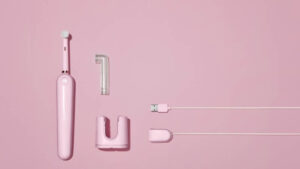
We are often contacted by customers complaining about a Sonicare toothbrush not charging. A charging issue is a common problem and can sometimes be misdiagnosed

Opting for an electric toothbrush for sensitive teeth can help alleviate discomfort and further protect against gum recession. But which model is ideal for those
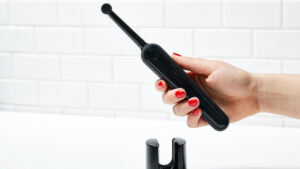
Have you learned how to use an electric toothbrush? It’s crucial to know not just for electricity but for any toothbrush type. Even though electric
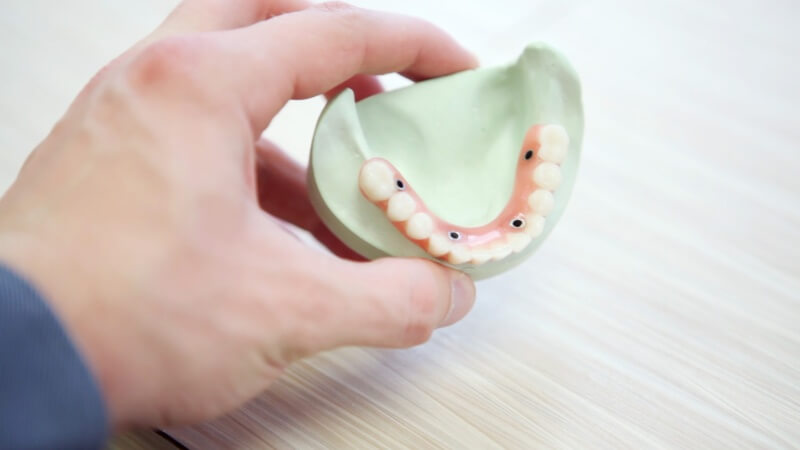
Tartar and plaque, known as dental calculus, form on teeth when plaque accumulates and starts to harden. Not only is tartar visually unappealing, but it
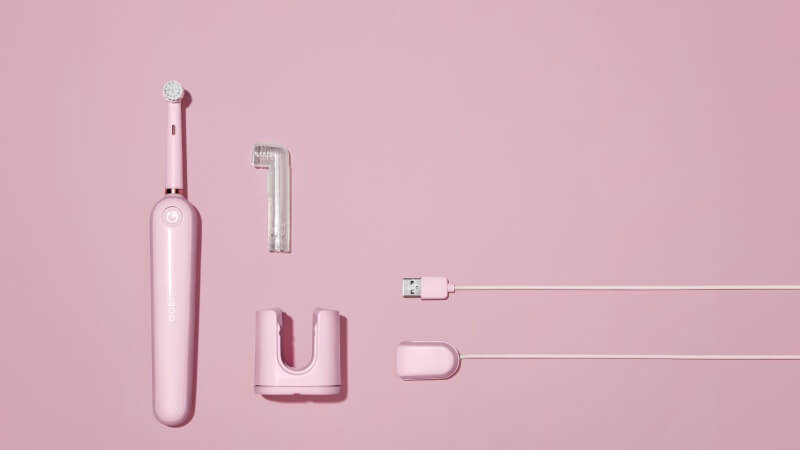
We are often contacted by customers complaining about a Sonicare toothbrush not charging. A charging issue is a common problem and can sometimes be misdiagnosed

Opting for an electric toothbrush for sensitive teeth can help alleviate discomfort and further protect against gum recession. But which model is ideal for those
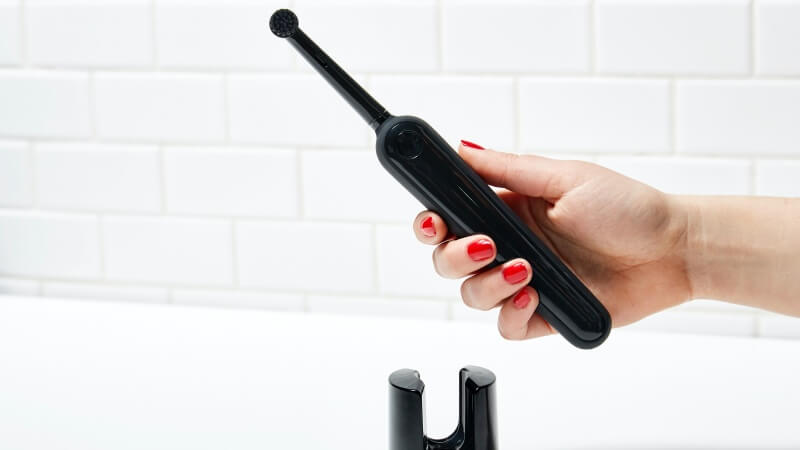
Have you learned how to use an electric toothbrush? It’s crucial to know not just for electricity but for any toothbrush type. Even though electric
Copyright © 2025 toothbrushsanitizerholder. All Rights Reserved.